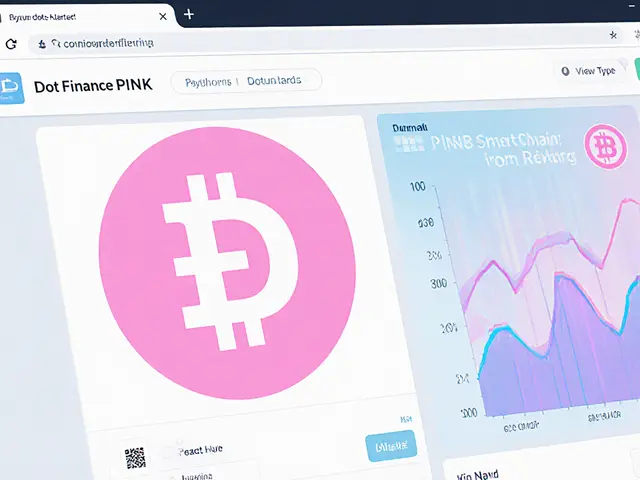Zero Fee Crypto Exchange: What It Really Means and Where to Find Real Deals
When you see zero fee crypto exchange, a platform that claims to charge no trading fees for buying or selling cryptocurrencies. Also known as no-fee DEX, it sounds like a dream—until you realize most of them aren’t truly free. The truth? There’s no such thing as a completely free lunch in crypto. Even if a platform says "zero fees," you’re still paying through wider spreads, higher slippage, or hidden gas charges on the blockchain.
What most call a zero fee crypto exchange, a platform that claims to charge no trading fees for buying or selling cryptocurrencies. Also known as no-fee DEX, it sounds like a dream—until you realize most of them aren’t truly free. The truth? There’s no such thing as a completely free lunch in crypto. Even if a platform says "zero fees," you’re still paying through wider spreads, higher slippage, or hidden gas charges on the blockchain.
Real zero fee crypto exchange models usually fall into two buckets: either they’re decentralized exchange, a peer-to-peer platform for trading crypto without a central authority. Also known as DEX, it enables users to trade directly from their wallets using smart contracts. that pass gas costs to users (so you pay Ethereum or Polygon fees instead), or they’re centralized platforms using revenue-sharing or token incentives to mask fees. VyFinance, for example, shows up in our data with zero reviews and no licenses—red flags for anything claiming to be "free." Meanwhile, platforms like Uniswap or PancakeSwap don’t charge trading fees, but you still pay network fees every time you swap. That’s not free—it’s just a different kind of cost.
And then there’s the bait. Some platforms advertise "zero fees" while locking your funds in staking pools, requiring you to hold their native token, or charging withdrawal fees that wipe out your savings. We’ve seen it with ZBG and other obscure exchanges—low fees on paper, but high risks in practice. If a platform doesn’t list its fee structure clearly, or hides costs in fine print, it’s not a deal—it’s a trap.
What you really want is transparency. A true value isn’t in the absence of fees, but in how much you keep after all costs. Look at real trading volume, liquidity depth, and whether the platform has been audited. The best "zero fee" options still require you to pay for security, speed, and reliability—just not in the way the ads suggest.
Below, you’ll find real reviews of exchanges that claim to be fee-free, deep dives into how gas fees eat into your profits, and warnings about platforms that sound too good to be true. We’ve tracked down the ones that actually deliver on their promises—and the ones that don’t. No fluff. Just what you need to avoid losing money on a "free" trade.

Cube Exchange offers zero-fee crypto trading with non-custodial security, but lacks regulation and altcoin support. Ideal for fee-sensitive traders who manage their own keys. Not for beginners or those needing regulatory protection.
Jonathan Jennings Oct 29, 2025




